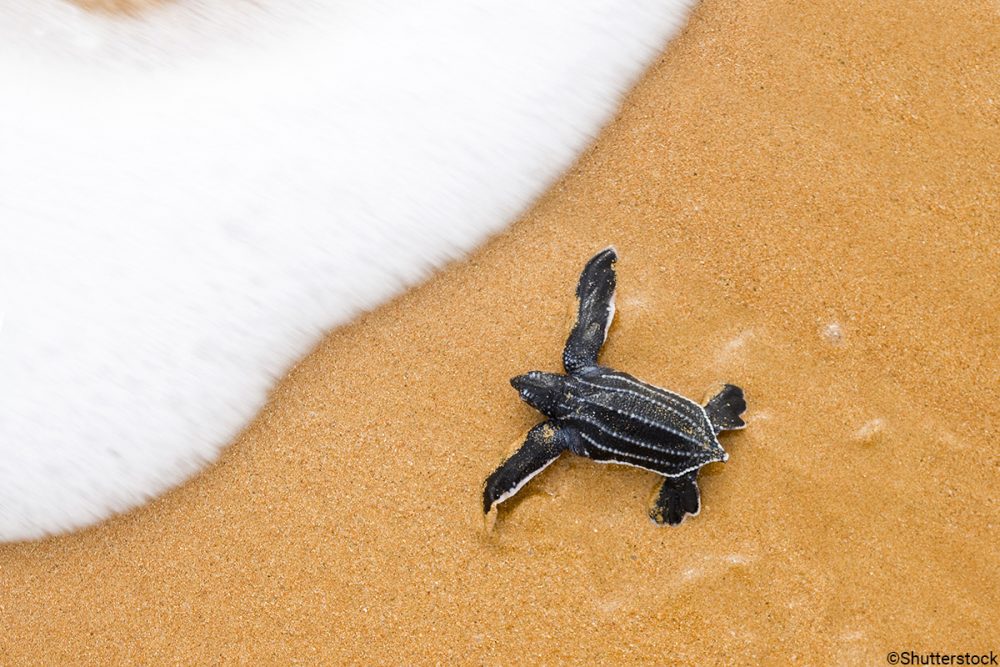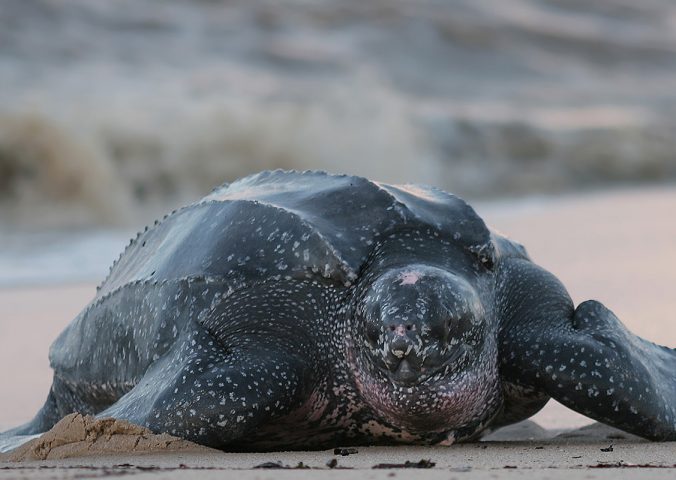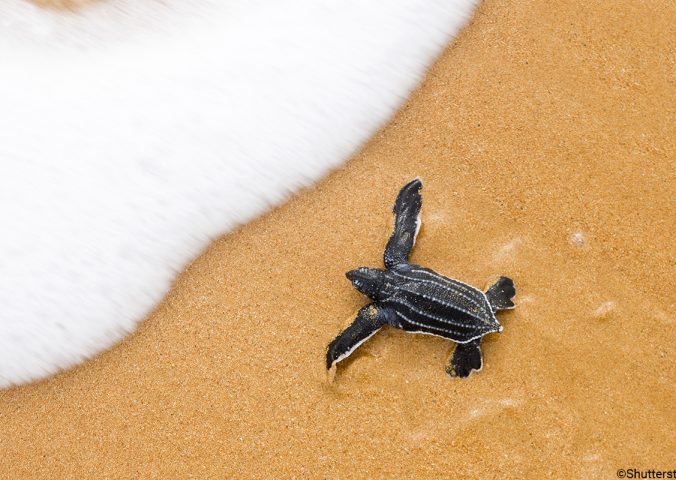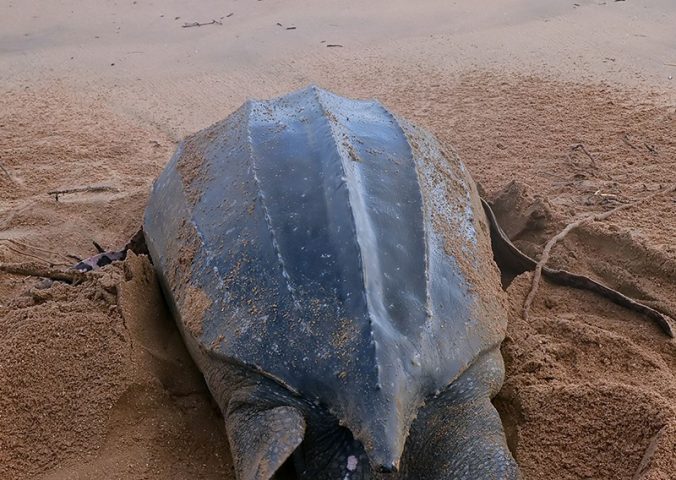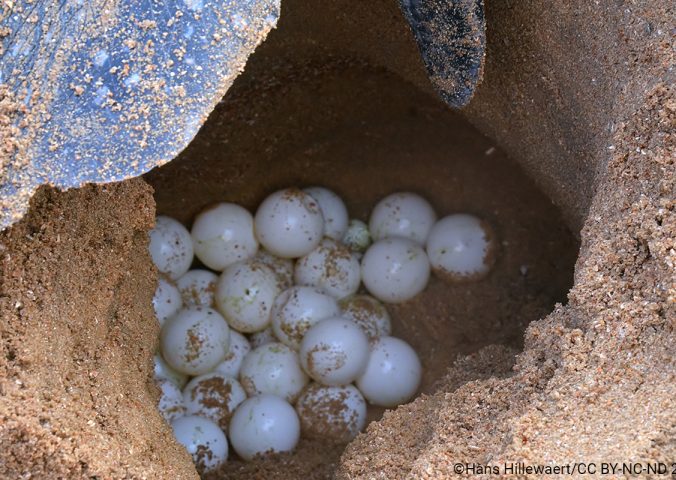About
The leatherback is the world’s largest turtle and can weigh over 900 kilograms!
These enormous turtles occur around the world, even being found in sub-polar waters. They embark on long migrations up to 13,000 kilometres, during which they regularly dive to depths of more than 1,000 metres in search of food.
Leatherbacks are completely unique ecologically, morphologically and evolutionarily. They are the sole surviving member of their genus and family, and diverged from all other living turtles before the extinction of the dinosaurs.
Unfortunately, this spectacular turtle faces various threats across its ginormous range. The major threats to leatherbacks include egg collection for consumption, bycatch in fishing gear, coastal development, pollution, and climate change.
The leatherback is listed as Vulnerable by the IUCN Red List, and the status of the several subpopulations vary from Least Concern to Critically Endangered. The species is protected under numerous national and international laws, conventions, treaties, memoranda, and conventions. It is listed on CITES Appendix I.
- Order: Testudines
- Family: Dermochelyidae
- Population: Unknown
- Trend: decreasing
- Size: 1.8m (?)
- Weight: 900kg
EDGE Score
Distribution
The leatherback is found in all the world’s oceans except the Arctic and Antarctic oceans. They nest in the tropics, though they can be found in sub-polar regions.
Habitat and Ecology
Leatherbacks feed on jellyfish and similar organisms. Females reproduce every 2 to 4 years, when they lay up to 7 clutches containing up to 90 eggs per clutch. The eggs incubate for around 60 days before hatching.
